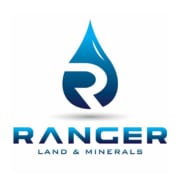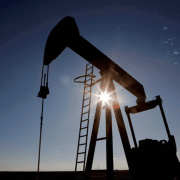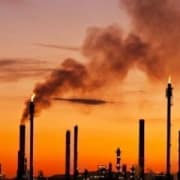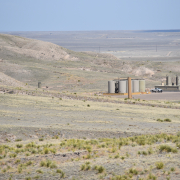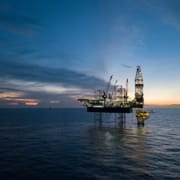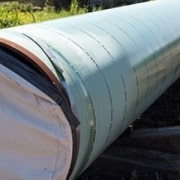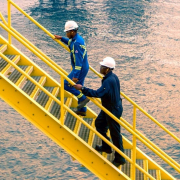U.S. energy firms this week left the number of oil and natural gas rigs operating unchanged for the first time since June, energy services firm Baker Hughes Co said in its closely followed report on Friday. The US oil and gas rig count, an early indicator of future output, remained unchanged at 784 in the week to Dec. 2, Baker Hughes said.
That puts the total rig count up 215, or 38%, over this time last year.
U.S. oil rigs held at 627 and gas rigs were at 155.
With oil prices up about 7% so far this year after soaring 55% in 2021 – and pressure from the government to produce more – several energy firms have boosted spending for a second year in a row in 2022 after cutting drilling and completion expenditures in 2019 and 2020.
However, many companies are focusing more on returning money to investors and paying down debt rather than boosting output and the weekly rig count increases have mostly been in the single digits since the start of the pandemic in March 2020.
U.S. crude production is forecast to only return next year to its pre-pandemic record of 12.3 million barrels per day hit in 2019.
Click here to read the full article
Source: Hellenic Shipping News
If you have further questions about the topic related to the US Oil gas rig, feel free to contact us here.

